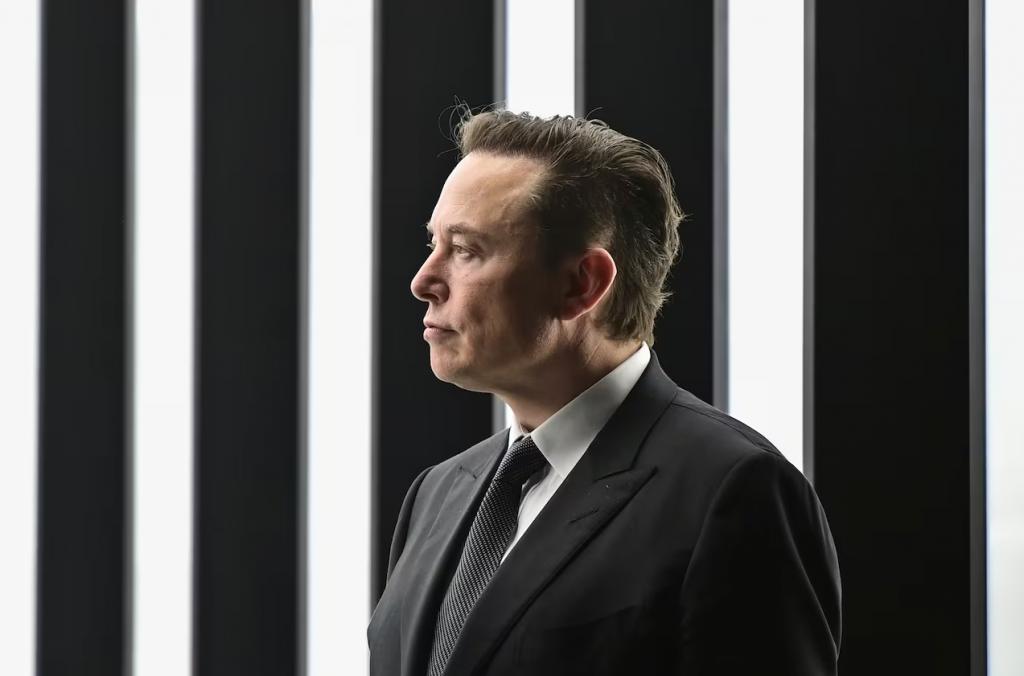
The Dawn of Thought-Controlled Technology
In an era where technological advancements are increasingly breaking the boundaries of the possible, Neuralink has ushered in a new chapter in the symbiosis of man and machine. The company’s first human patient has achieved a significant milestone, fully recovering from the implantation procedure and demonstrating the ability to control a computer cursor purely through thought. This development not only marks a monumental moment in Neuralink’s journey but also sets the stage for a future where limitations imposed by physical disabilities could be significantly diminished.
Neuralink’s Vision and Technology
Founded by Elon Musk, Neuralink has been at the forefront of developing brain-computer interfaces (BCIs), with the ambitious goal of melding human cognition with artificial intelligence. The company’s technology involves a sophisticated implant placed within the brain, allowing for direct communication between the human neural network and computers. This interface is achieved through a robot-assisted surgical procedure that positions the implant in areas of the brain responsible for movement intention.
The initial focus of Neuralink’s BCI is to enable individuals to control digital interfaces, such as cursors or keyboards, using nothing but their thoughts. This breakthrough offers a glimmer of hope for people with mobility issues, potentially restoring their ability to interact with the digital world independently.
Safety, Ethics, and Future Prospects

Despite the excitement surrounding Neuralink’s achievements, the company has navigated through scrutiny regarding the safety and ethical implications of its technology. It has faced challenges, including fines for violating regulations related to the transportation of hazardous materials. Yet, the successful recovery of its first human patient, with no reported ill effects, is a testament to the company’s commitment to safety and innovation.
Elon Musk envisions a future where Neuralink’s technology could address a range of neurological conditions and mental health issues, from obesity and depression to autism and schizophrenia. By integrating the brain with computing capabilities, Neuralink aims to unlock new avenues for treatment and rehabilitation, transforming lives and broadening the horizons of medical science.
A Step Towards a Boundless Future
Neuralink’s breakthrough in enabling thought-controlled interaction with technology is a monumental step forward. As we stand on the brink of a new era of human-machine integration, the potential applications of Neuralink’s technology are vast and varied. From restoring independence to those with physical disabilities to exploring new treatments for complex neurological conditions, the implications are profound.
As we venture into this uncharted territory, it is crucial to balance innovation with ethical considerations and safety protocols. The journey of Neuralink’s first human patient from implantation to thought-controlled digital interaction represents not just a technical triumph but a beacon of hope for millions worldwide. In the hands of visionary companies like Neuralink, the future of brain-computer interfaces is not just promising; it’s within reach.
Leave a Reply
You must be logged in to post a comment.